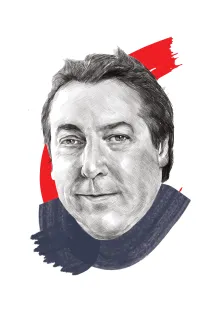When Russian President Vladimir Putin launched his so-called “special military operation” two years ago, he expected that Russia’s superior military strength would accomplish his goal of conquering the country within a matter of weeks.
The principal objective of the estimated 200,000 troops that were assembled on the Ukrainian border prior to the invasion taking place on 24 February 2022 was to overthrow the government of Ukrainian President Volodymyr Zelensky and establish a new, pro-Russian regime in Kyiv.
From Putin’s perspective, Ukraine is historically an integral part of Russia, and should have never have been granted independent status during the break-up of the Soviet Union in the early 1990s — an argument Putin used to justify the invasion in a lengthy treatise published in July 2021 titled, “On the historical Unity of Russians and Ukrainians”.
Putin convinced himself that Russia’s invading forces would be welcomed as liberators by the oppressed Ukrainian people, whose country had fallen under the control of neo-Nazis.
His other major calculation was that — after the fiasco of the West’s military withdrawal from Afghanistan in the summer of 2021 — Ukraine would receive scant support from Western institutions such as NATO and the European Union if it did attempt to resist the Russian invasion.




